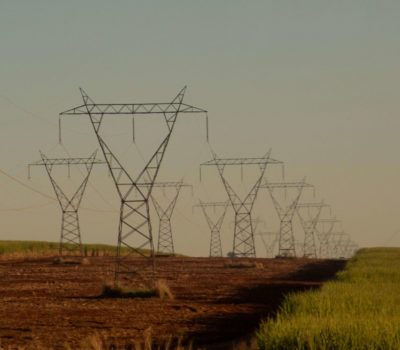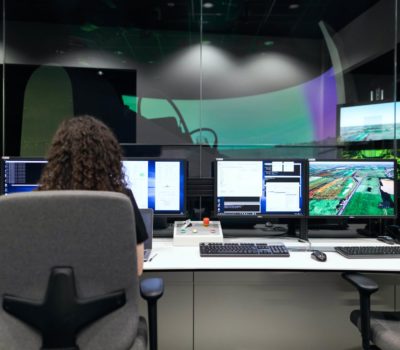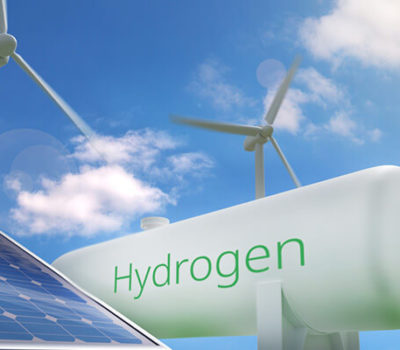Decentralised Energy : What You Need To Know
In an era marked by rapid technological advancements and a growing concern for the environment, the energy landscape is undergoing a transformation like never before. Decentralised energy is emerging as a powerful solution that promises to reshape the way we produce and consume electricity.
In this blog post, we will explore the concept of decentralised energy, its benefits, challenges, and its potential to revolutionise the energy sector.
What is Decentralised Energy?
Decentralised energy, often referred to as distributed energy, represents a departure from the traditional centralised energy model. In the conventional system, electricity is generated at large power plants. These are often located far from urban centers and transmitted over long distances through an extensive grid infrastructure before reaching end-users. For decades, this model has been the norm, but it comes with several limitations and inefficiencies.
On the other hand, decentralised energy aims to generate power closer to where it is consumed. It encompasses various methods that utilise smaller-scale energy production, such as solar panels, microgrids, wind turbines, and combined heat and power (CHP) systems.
Benefits of Decentralised Energy
- Environmental Sustainability: Many decentralised energy sources, such as solar and wind, are renewable and produce significantly fewer greenhouse gas emissions compared to fossil fuels. This move towards cleaner energy sources is crucial in combatting climate change.
- Resilience: The energy systems are more resilient to disruptions. In a centralised grid, a single point of failure can lead to widespread power outages. However, decentralised systems are less susceptible to such failures. This is due to them being designed to function independently or as a part of a microgrid.
- Energy Independence: Decentralised energy empowers individuals and communities to take control of their energy production. For example, if a house has solar panels installed, they can reduce their reliance on the grid. Additionally, they can even sell excess energy back to the grid.
- Cost Saving: Over time, solutions can lead to cost saving for both individuals and the overall energy systems. This can become a cost-effective investment for many households.
- Efficiency: Decentralised energy systems can be more energy efficient as they minimise energy losses during transmission and distribution. This can account for a significant portion of energy waste in centralised systems.
Challenges and Considerations
Whilst decentralised energy offers numerous advantages, it is important to consider the challenges it can present:
- Grid Integration: Integrating distributed energy sources into the existing grid infrastructure can be complex and may require significant upgrades. Therefore, these compatibility issues are regulatory hurdles can also pose challenges.
- Intermittency: Renewable energy sources like solar and wind are intermittent, meaning they produce electricity based on weather conditions.
- Maintenance and Expertise: Distributed energy systems often require maintenance and technical expertise, especially for complex technologies like microgrids. Ensuring reliable operations may necessitate ongoing training and support.
- Initial Costs: While decentralised energy can lead to long-term cost savings, the initial investment in technologies like solar panels can be high. However, there are government incentives and subsidies that can help offset these costs.
The Role of Technology
Advancements in technology play a pivotal role in the growth of decentralised energy. Here are some key technological developments that are driving this transformation:
- Smart Grids: Smart grid technology enables better communication and coordination between energy sources, the grid, and end-users. It allows for real-time monitoring, optimisation, and efficient energy distribution.
- Blockchain: Blockchain technology is being explored to facilitate peer-to-peer energy trading within energy systems. It provides transparency, security, and efficiency in energy transactions.
- IoT and Sensors: The Internet of Things (IoT) and sensor technologies are improving the monitoring and management of energy assets. This includes tracking energy consumption, detecting faults, and optimising energy use.
Read more about energy storage in our recent blog post ‘Powering the Future: The World’s Largest Battery’.
The Future of Decentralised Energy
As technology continues to advance and the demand for clean, reliable energy grows, the future of decentralised energy looks promising. Here are some trends and possibilities to look out for:
- Energy Communities: We can expect to see the emergence of energy communities where neighbours collectively generate, store, and share energy resources. These communities could possibly enhance energy resilience and reduce costs.
- Peer-to-Peer Trading: Blockchain-based platforms may enable individuals and businesses to trade surplus energy directly with each other, creating an energy marketplace.
- Hybrid Systems: Combining different sources of decentralised energy, such as solar, wind and small-scale natural gas generation, can provide a more stable and reliable energy supply.
To conclude, decentralised energy represents a transformative shift in the way we produce and consume electricity. Worldwide, its benefits of environmental sustainability and cost saving are driving its adoption. With ongoing technological advancements, decentralised energy is poised to play a central role in our energy future.
At Visuna, we are here to support you in energy recruitment. Contact us today to find out more about our staffing solutions.






